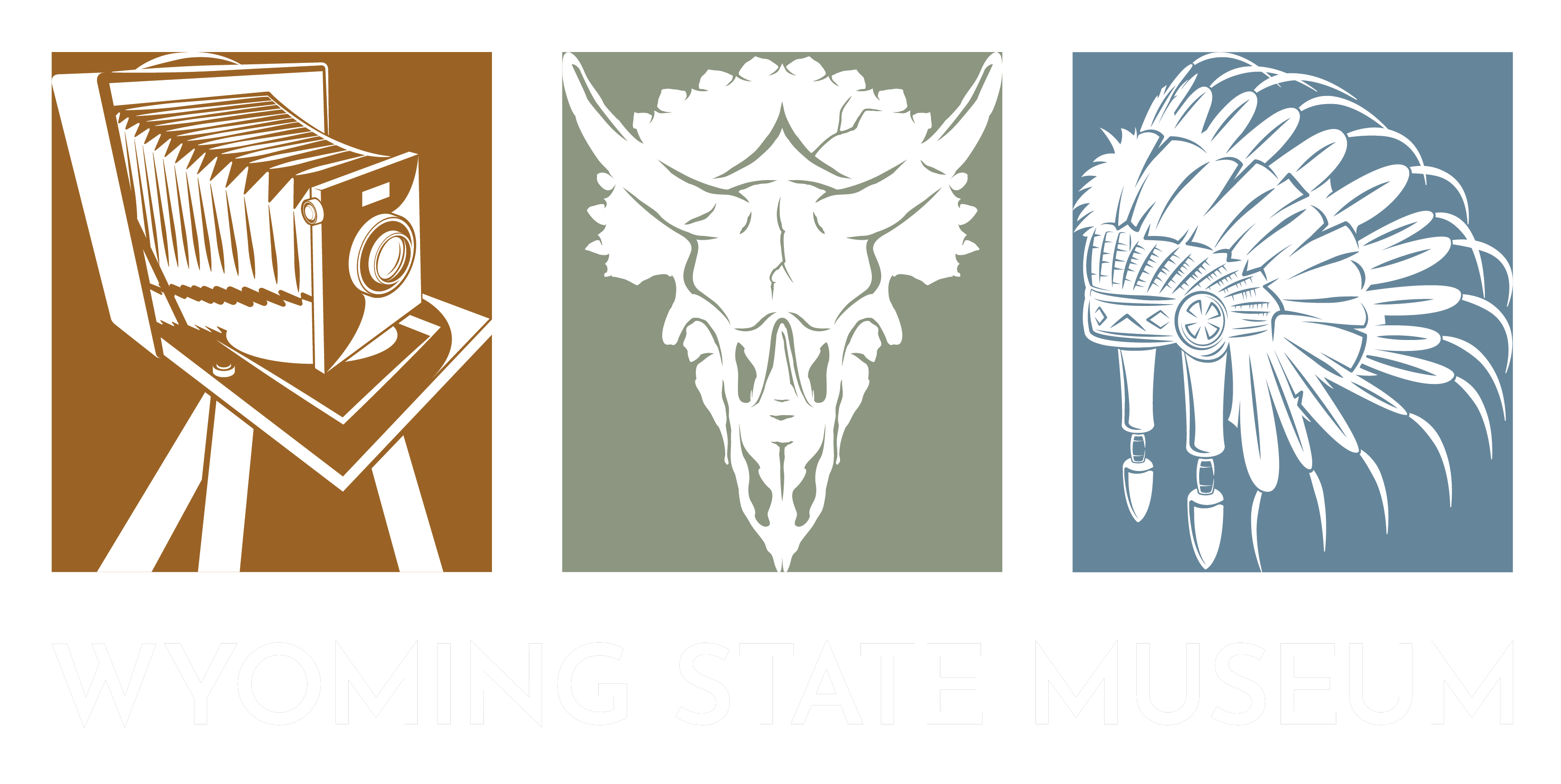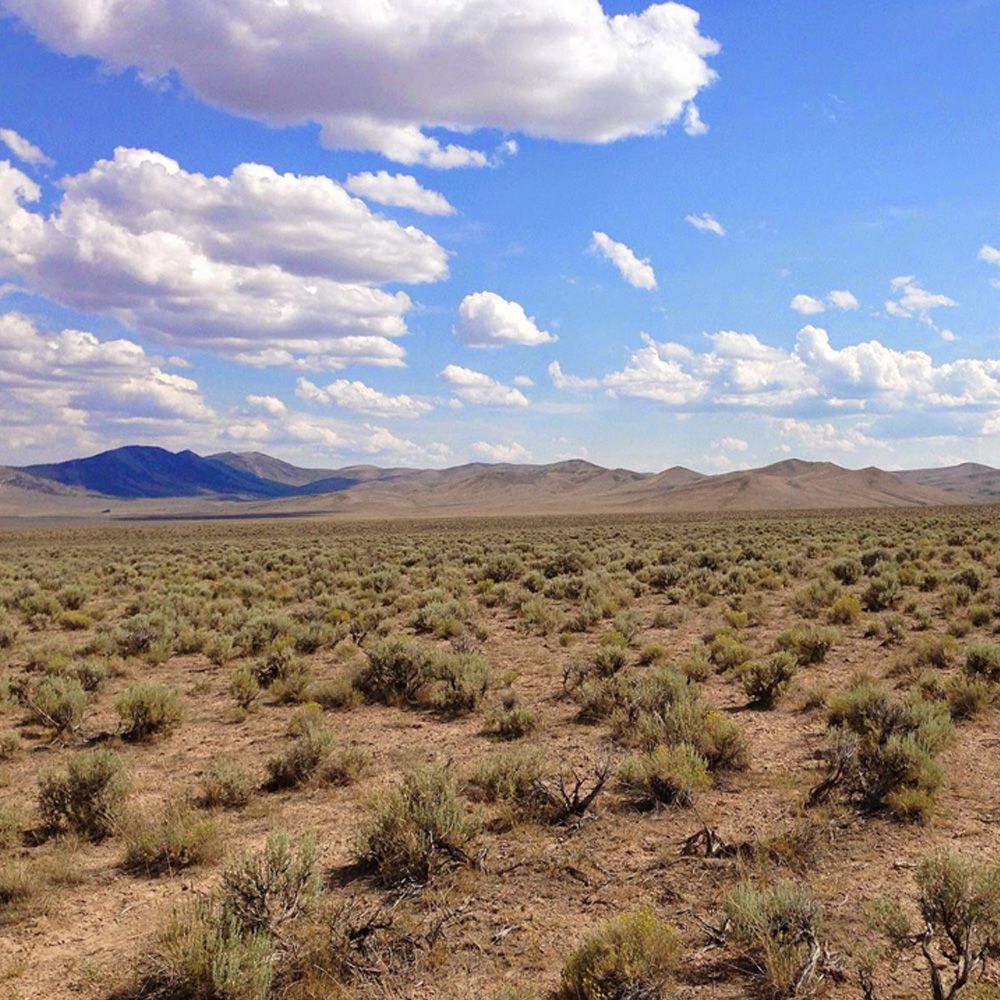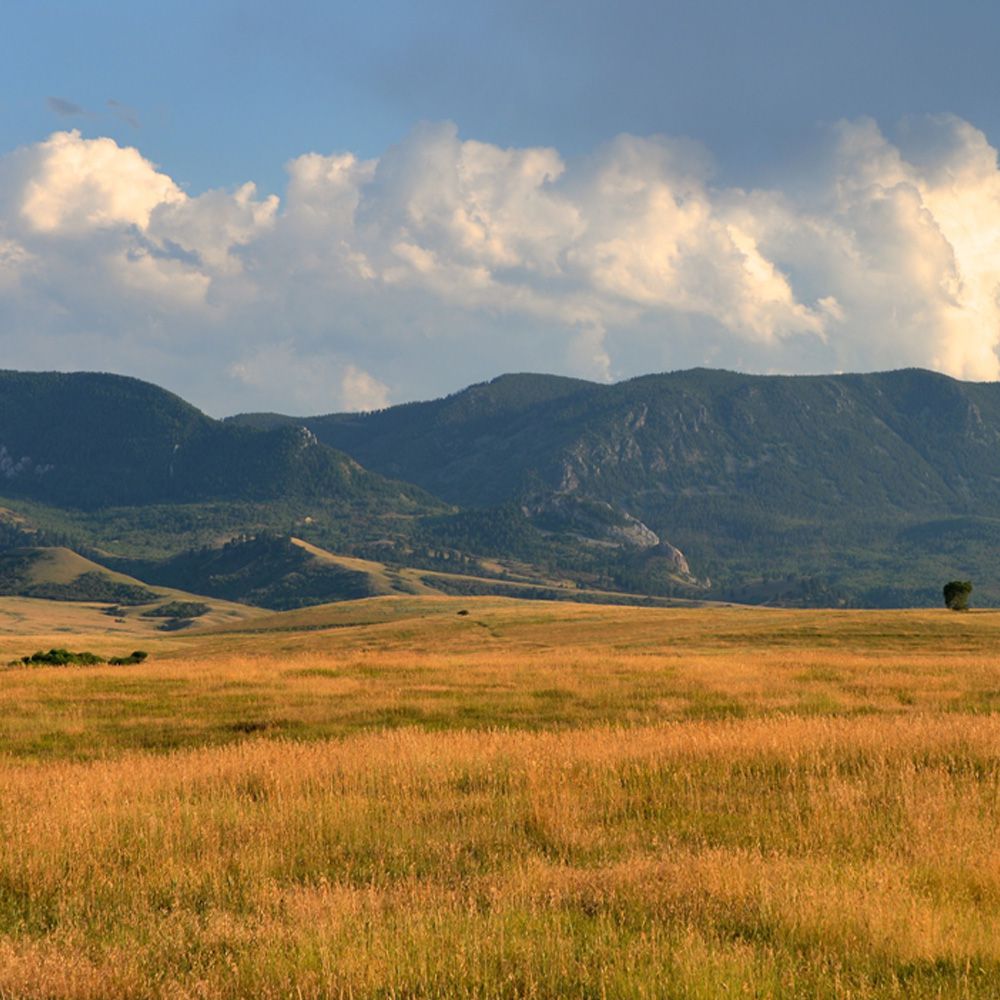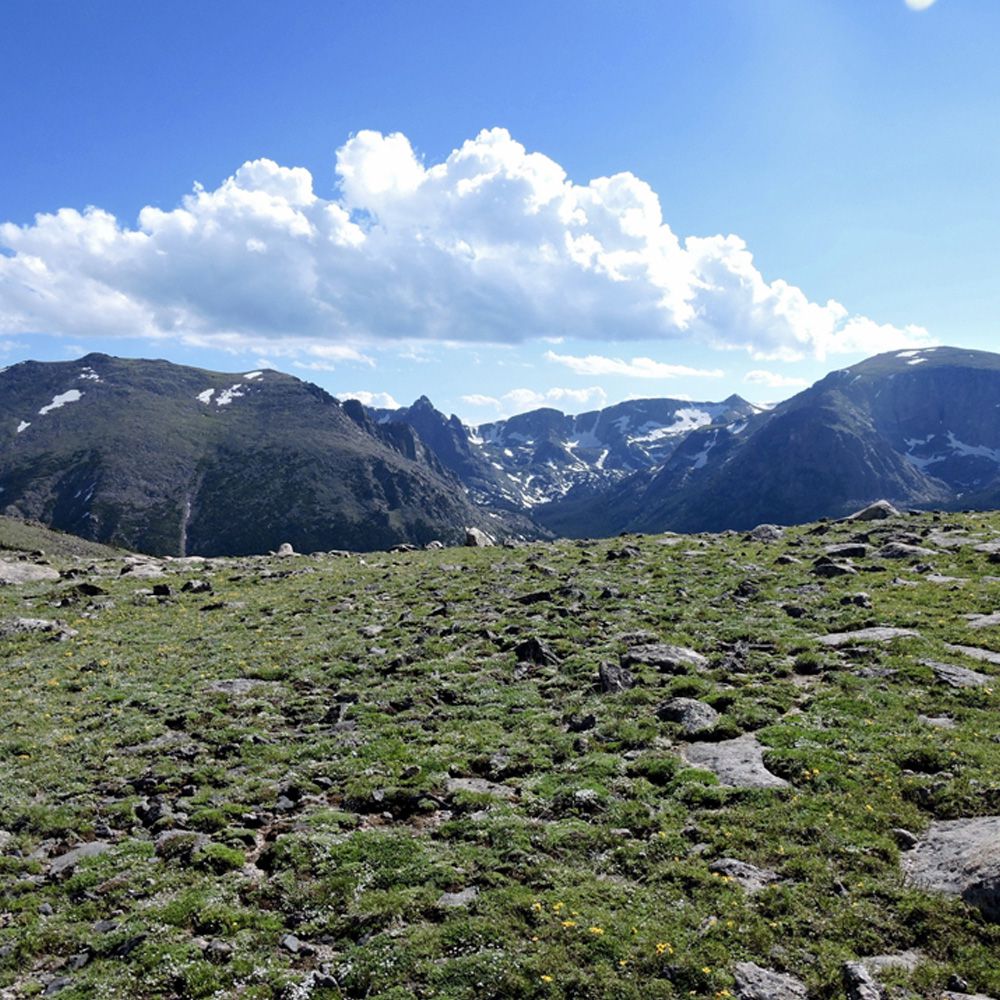Time: 2 Hours (Can Be Shortened)
Grades: 3-12
Our Habitats and Food Webs program allows students to learn about one of the many ecosystems that can be found within Wyoming, chosen by the teacher booking the program! Students will learn about what makes that habitat special, what animals live there, and learn about a unique food web within the habitat. They'll also see some amazing animal biofacts.
⮜⮜ Back to On-Grounds Field Trips
Habitats and Food Webs:
Like most of our on-grounds programs, the Habitats and Food Webs program includes an engaging educational lesson, hands-on animal biofact interaction, a fun activity, a specially themed scavenger hunt, and time for open exploration of the museum. Read below to learn more about each of these; remember, your program can be shortened to fit any time constraints.
Educational Lesson: 60 Minutes
During the Habitats and Food Webs program, your students will deep dive into one of the ecosystems that make Wyoming wild! As the teacher, you will be able to choose which habitat you would like your students to learn about. Your options are: shortgrass prairie, sagebrush steppe, forest, alpine tundra, mountains, and riparian areas.
Regardless of which habitat you choose, your program will begin by your students learning about the plant life, climate, and other ecosystem factors of the habitat. Your students will learn all about what makes that habitat unique!
Next, we will discuss some of the animals that live in your chosen habitat. As we discuss these animals, we will fill out a food web for the habitat. Starting with producers, moving into primary consumers, all the way up to apex predators. We’ll look at animals from different groups, from insects to birds to mammals and more. We’ll see full animal mounts, skulls, pelts, and other amazing animal specimens.
Our Habitats and Food Webs field trip is a great way to reinforce these concepts with your classroom. Request a program today, and be sure to include which habitat you want to learn about!
Activity: 20 Minutes
The activity for the Food Webs and Habitats program allows your students to build their own food web! Within groups of four, they’ll be given a game mat and a deck of circular cards. Each card contains one of the pieces of a food web, from producer to decomposer. The front has beautiful pictures of the plants or animals, while the back has information about the species. Your students will use the cards, which contain plants and animals from multiple habitats, to create their own food web! First, they’ll choose one of the producer cards; this will decide what habitat they’ll be making a food web for. Then, they’ll use the animal cards to fill in the game mat. How many primary consumers do they want? What about secondary consumers? What animal(s) will be their apex predators? What will be their decomposers? The cards will tell your students what these animals eat, making it easier for your class to sort out their food webs. This fun activity allows your students to apply the things they learned during the lesson!
Scavenger Hunt: 20 Minutes
The Habitats and Food Webs scavenger hunt will bring your students through the museum, looking for certain items that pertain to what they learned about in their lesson. This will include skulls, pelts, and mounts of different animals that live in Wyoming, across our multiple habitats. We’ll also look at depictions of Wyoming’s habitats in both human artifacts and artwork. The scavenger hunts are completed in small groups or pairs.
Open Museum Exploration: 20 Minutes
While the scavenger hunt allows your students to see a curated selection of items within the museum, the open museum exploration time allows your students to explore whatever they are interested in. The Wyoming State Museum has so many topics (from dinosaurs to mining to pioneers to warfare to animals to Native American culture to national parks and more), that we find it is a great idea to give students free time at the end of the program to explore.




